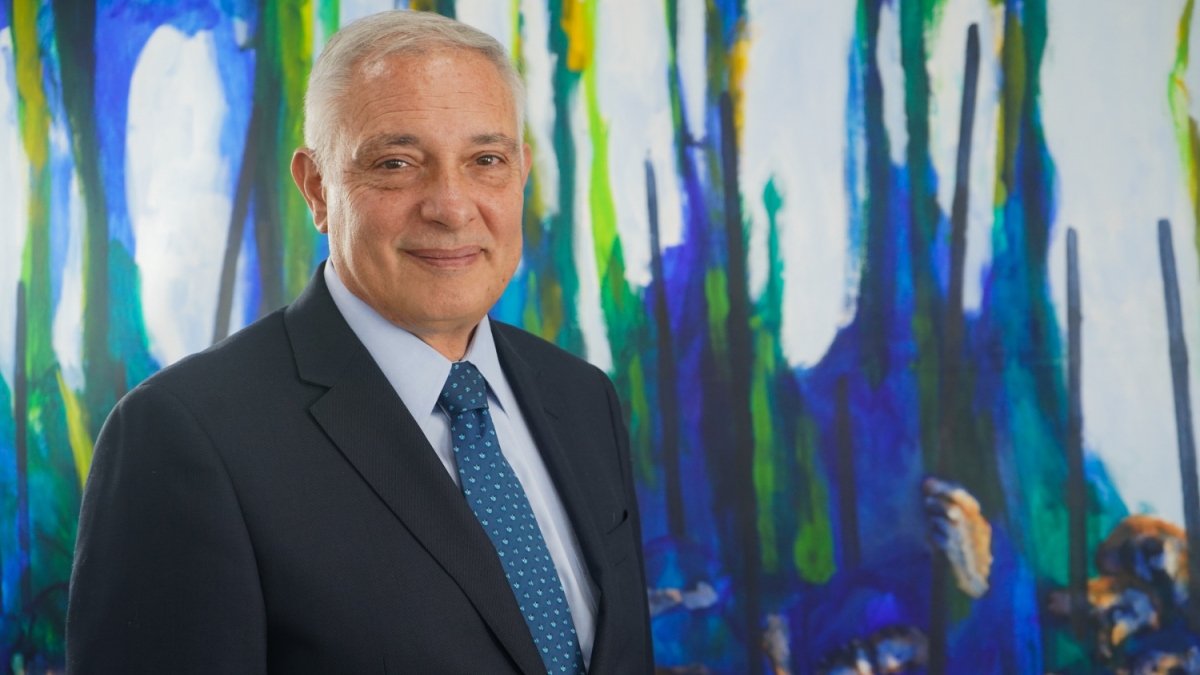Funding development: the fuel for integration
Juan E. Notaro
Executive President of FONPLATA - Development Bank
Integration goes hand in hand with development. Physical integration requires infrastructure, highways, and ports. Economic integration requires common policies and institutions to conduct the process in a simple and harmonious way.
And both need funding to be achieved. Solid and stable funding, safe from economic conditions and aimed at those areas and needs that, due to their size or complexity, are not usually profitable for commercial banks nor feasible for national development banks.
Thus, funding integration among countries, as well as their development, requires a supranational, non-profit institution, focused on enabling projects that help to achieve these objectives: integration and development.
The most successful example of such an institution is the European Investment Bank (EIB), one of the world’s largest and most important financial supranational institutions, both in terms of achievements and volume of operations.
The bank “owners” are all EU member countries, which contribute proportionally to the EIB's capital in accordance with each country's contribution to the bloc's overall GDP.
Its loans are focused on integration, infrastructure, climate change, and SMEs. And it has been critical in supporting the consolidation of the European Union, especially in less developed areas and countries.
Due to its solid credit rating (AAA, according to the world's three main rating agencies), bonds’ issuance is EIB's primary source of funding. These funds, in turn, enable the Bank to undertake projects that member states cannot fund on their own.
In Latin America, with its ups and downs, the most advanced model of integration, with the greatest institutional framework and the largest number of inhabitants in the region, is MERCOSUR. The question I have been asking myself for some time now is if we can dream of an independent investment bank or financial development agency of our own, dependable, and with a definite vocation to face the most urgent challenges of our region and our times.
I believe we can. MERCOSUR celebrated 30 years of achievements, despite regional and global political and financial crises, and major social and political transformations in its member countries.
This only proves that our vocation towards integration is greater than all the challenges we have faced and that it is reasonable to dream of an institution that collects and distributes the necessary resources to continue advancing along this path.
The dream naturally leads to reality and to the following question: does MERCOSUR need such an institution? The answer is a clear, unequivocal, and resounding yes.
The social and economic aftermath of the pandemic and the climate crisis, and the global challenges posed by the realignment of the poles of global power demonstrate that we must head for our own development and cooperation model. A model in which the solution to our current problems and the foundations of our future depend less and less on external factors.
The urgency and importance of the challenges ahead are also an opportunity for courage, creativity, and innovation; three ingredients that also abound in our region.
My conclusion is that we do need within MERCOSUR our own, dependable, and safe source of funding to deepen integration, communications, logistics, renewable energy and environmental projects, software development, and biomedicine. And, especially, that focuses on reducing the economic and social asymmetries of the relatively less developed countries or regions.
Integration needs fuel, and this may be the way.

